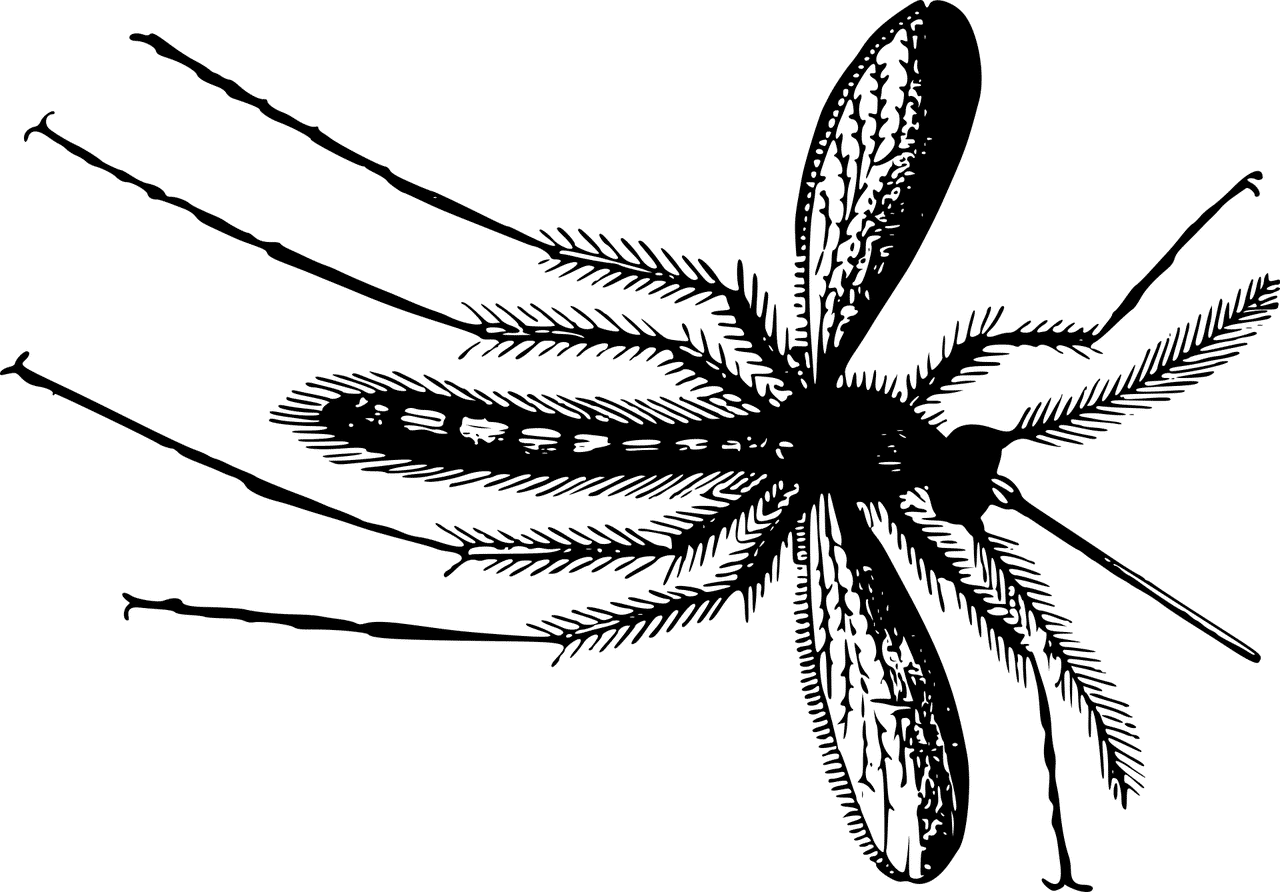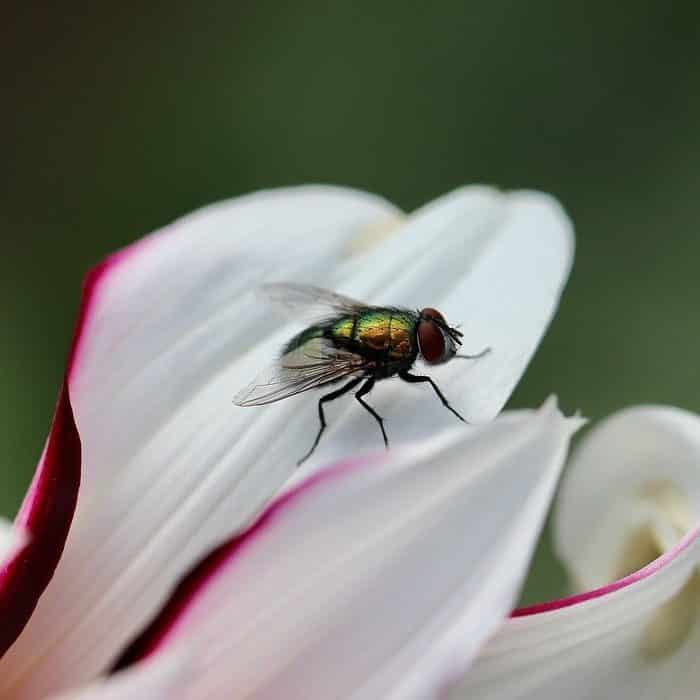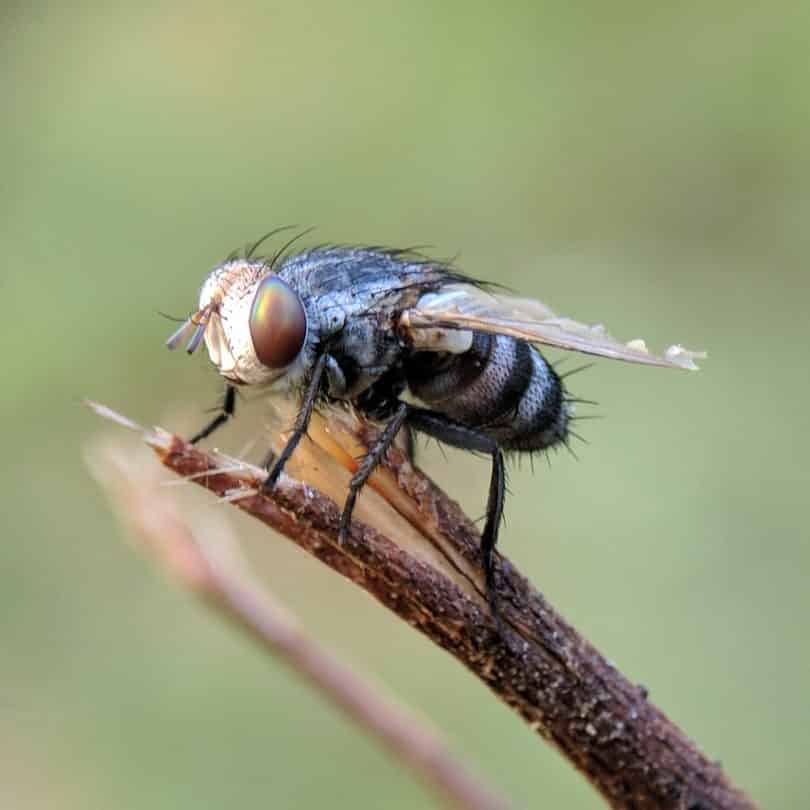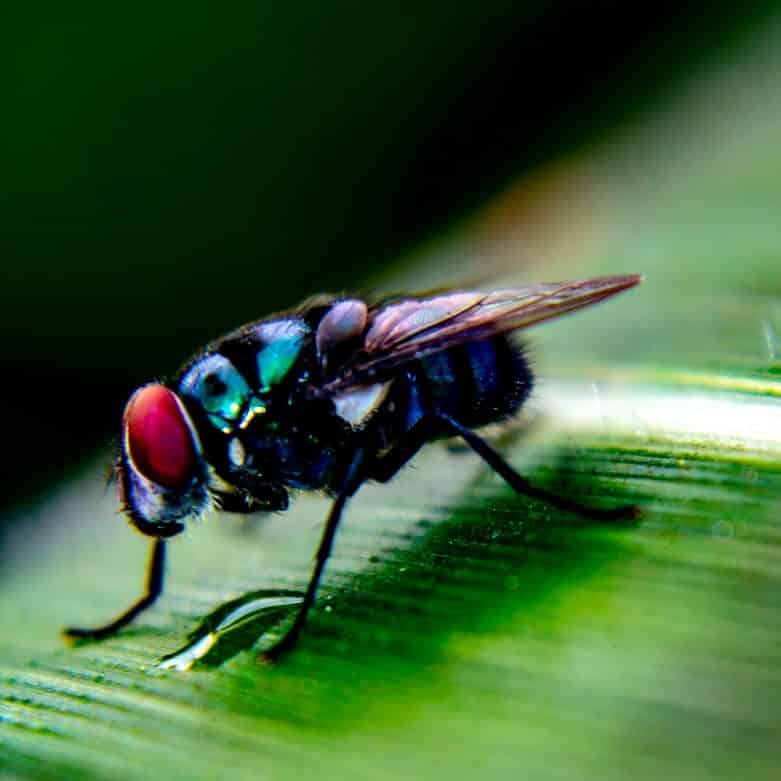
Reno Fly Extermination
Flies are more than an annoying nuisance, as they transport infectious disease from nesting sites, contaminate food, and create unsanitary environments. Flies can lay over 300 eggs during their breeding season, and many can carry pathogens and parasites to humans and pets that threaten health and quality of life. We recognize that fly treatments are vital to good health, so we offer affordable fly extermination services.
Flies are unsanitary pests that are highly attracted to food, which they contaminate easily. Because flies can carry and transfer over 100 pathogens that cause diseases such as malaria, salmonella, and tuberculosis, professional fly treatment is important to your health.
Call us at (775) 305-3785 or contact us today to get your fly extermination taken care of today!
Request Your FREE Consultation!
Common Types of Flies
The most common types of flies in Reno are houseflies and fruit flies. Fruit flies have distinctive bright-red eyes and yellowish-tan bodies. Houseflies are darker in appearance with silver and gold accents and distinctive lines across their faces.
Other somewhat common pest flies that we have seen include phoroid flies, sphaerocerid flies, sand flies, stable flies, and bow flies.
Related: Common Types of Gnats
There are several common types of pest gnats that can cause you real headaches. Buffalo gnats are common around standing water and frequently bite humans and pets as they need to feed on a live source of protein in order to reproduce. Fungus gnats feed on fungi and plant roots, and have long legs and thin wings. Drain gnats are usually black and get their name because they thrive in drains and sewers. Eye gnats thrive in loose, sandy soil.
Fly Infection Risks
Flies are attracted to food material, and readily burrow into it. They pick up pathogens on their legs, which then spreads into food. They are common spreaders of the pathogens that cause infectious diseases such as cholera, dysentery, anthrax, typhoid, salmonella, or anthrax. Additionally, some flies are attracted to human and pet sweat, nasal fluid, and tears, causing respiratory infections and pinkeye.

What Flies Look Like
Flies are known for their large bulgy eyes, and typically range from an eighth-inch to a half-inch long. Fly eggs look are white and elongated, and like shiny miniature grains of white rice. Fly larvae, also called maggots, are usually whitish with a shiny, greasy appearance. Depending on the species, flies can be found in a variety of colors as adults.

Related: What Gnats Look Like
Typically, gnats range from an eighth of an inch to a quarter-inch in size. Gnat eggs are barely visible to the naked eye. They are a smooth, shiny, oval-shaved semi-transparent whitish color. Gnat larvae, also known as maggots, are legless, thread-like, and shiny. They can be white, gray, or black in appearance.
Fly Extermination Services
Exterminating flies begins with identifying any possible food sources, decaying organic matter, or live plant material that they are attracted to and feed from. When determining the best fly treatments, we recommend inspecting the soils of potted plants for excess moisture, and checking for the presence of eggs, larvae, or maggots. We also look for possible entrances for flies to enter from outside.
Occasionally, moisture can build up inside wall cavities, causing mildew and fungus growth, which attracts flies. Since these moisture buildups usually result from a damaged or defective water pipe with a slow leak that provides a moisture source, we recommend fixing any broken or damaged piping.

Fly Treatments
In treating fly infestations, we perform fly exterminations by applying conventional insecticides to kill eggs and larvae. We may also apply other more specialized pesticides such as CB 80 or the Matrix II Four Seasons fly trap. In certain cases, we may also apply Bifen IT for fly treatments. For indoor infestations, we may choose to apply Stryker 54, LambdaStar Ultra Cap 9.7, PT 565, D-Fense Dust, or Cyper WSP instead.

Related: Gnat Treatments
To exterminate gnat infestations, we apply conventional insecticides along with other more specialized pesticides such as CB 80 or the Matrix II Four Seasons gnat trap. In certain cases, we may also apply Bifen IT. For indoor infestations, we may choose to apply Stryker 54, LambdaStar Ultra Cap 9.7, PT 565, D-Fense Dust, or Cyper WSP instead.
Fly Prevention
If you suspect that you have fly infestation problems, give us a call to get your pest issues checked and controlled right away!


